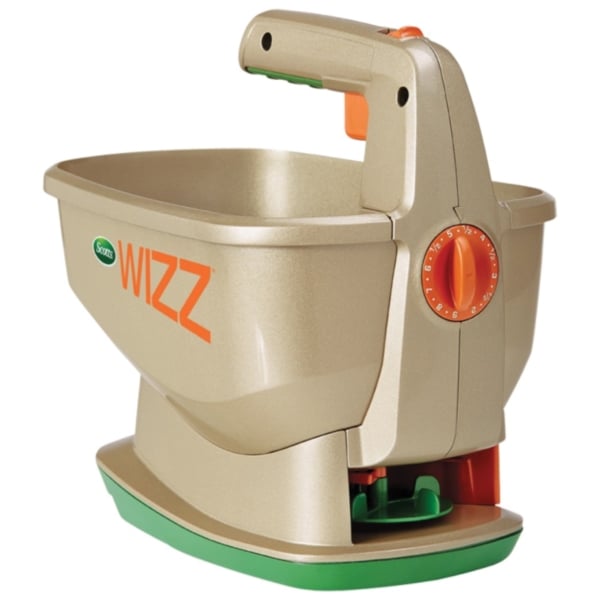 Every spring, I am always surprised at how quickly weeds appear and this year has been no exception. Not only in my lawn, but there seems to be an abundance of weeds in my flower beds as well. Of course I am aware that a weed to one person may be a favorite plant of someone else. Take the English daisy as an example, the small flowers can be attractive but for a gardener that wants a manicured lawn an English daisy might be considered a noxious weed.
Every spring, I am always surprised at how quickly weeds appear and this year has been no exception. Not only in my lawn, but there seems to be an abundance of weeds in my flower beds as well. Of course I am aware that a weed to one person may be a favorite plant of someone else. Take the English daisy as an example, the small flowers can be attractive but for a gardener that wants a manicured lawn an English daisy might be considered a noxious weed.
For weed control in flower beds, if feasible, I recommend removing by hand. Most weed killers are not going to distinguish between what a gardener might perceive as a weed vs. a cultivated plant. With this being April, many plants are in full leaf and sending out new growth which can make it difficult to apply a weed killer to only the weed. Also, I should point out that hand weeding is good exercise!
One particular weed that always appears in spring that I strongly recommend eliminating as quickly as possible is hairy bittercress. This goes by several different common names, one name in particular describes it perfectly, shotweed. The small white flowers on this plant will form seeds at an early stage and with the slightest touch, the seed caps will ‘explode’ and spread the seeds throughout the area. This is a very easy weed to remove by hand especially early in the season when the soil is damp. If removing by hand is not possible, cut the flower stalks off before they have an chance to bloom.
A layer of garden mulch or compost is an excellent natural weed preventer. Many seeds will not be able to germinate through a layer of mulch and those that do are easy to pull. This is an excellent time of year to add a layer of garden mulch or compost and this will also help conserve moisture in the summer
If an herbicide is the choice for weeds in a flower bed, be sure to read and follow the label instructions. Some of the Glyphosate products are in a ready-to-use formula and generally this product will kill whatever it is sprayed on that is green. So, in a flower bed, be sure that it is only sprayed on the plant that is to be eradicated.
For weed control in a lawn, if a lawn is healthy and actively growing, weeds will probably be few. If your lawn is looking a little sad from the winter, this is a good time to apply a nitrogen fertilizer. For a lawn with a few weeds scattered about, such as a dandelion, a ready-to-use lawn weed killer can be used as a spot treatment. With a heavy concentration of weeds in a lawn, a weed and feed can be applied. Weed and feed will kill broadleaf weeds without harming the grass. Apply weed and feed before the lawn is mowed as the more weed leaf surface, the better the control. The right timing of a weed and feed product can be challenging in our spring because it should be applied when no rain is expected for 24-48 hours, (check label). If rain occurs immediately after application, the weed killer effect will be diminished but the fertilizer will be effective.
I have found that in my garden, with annual applications of a garden mulch applied to flower beds, the weeds that I see are fewer and fewer each year. I try to be diligent at the beginning of each season as I do not want to concentrate on weeds, but instead use my energy for buying new plants!




